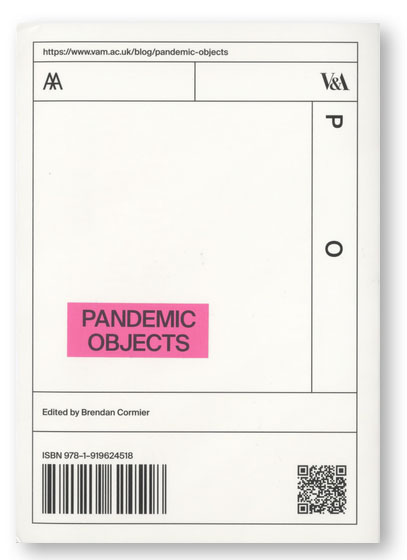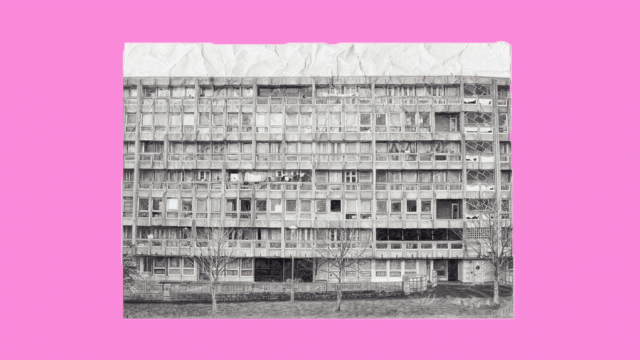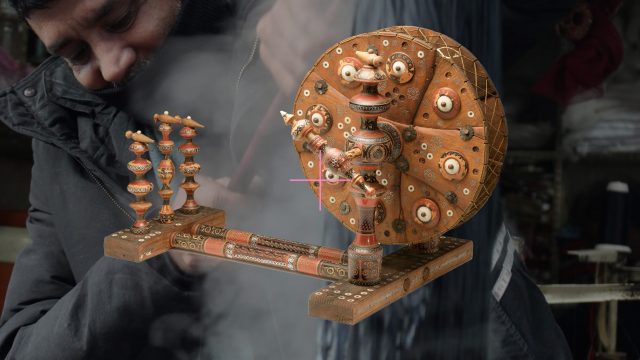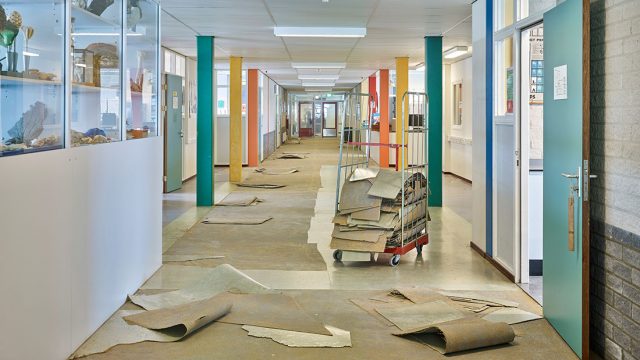There’s has been a marked new focus and emotional charge to the idea of family over the past year. Either separated from loved ones tethered only by video calls and chat groups or squeezed into a spatially intense day-to-day grind with them, we’ve all been forced to find new ways navigate our most personal of relationships.
In this regard, the family portrait is a useful archetype to revisit. Once the domain of only the very rich through the costly commissioning of an artist, the family portrait stood as a representation of a successful familial bond – including not just emotional unity, but ‘good’ lineage and economic succession. By the 19th century, the allure of giving visual representation to family was felt by the growing middle class as well, and soon techniques emerged such as the use of silhouettes to make the family portrait a more affordable commodity. Eventually, with the advent of photography and its democratization, the family portrait took over; a fancy new camera was the clichéd purchase of any parent-to-be, perpetually on standby to capture every new life event.
Today, it could be argued that the family portrait has lost some of its resonance. With a camera in every pocket, and individualized social networks on which to post endless expressions of your daily life, images of family – like every other image posted – simply get lost in the mix.
This is in part what makes Eithne Nightingale’s Life Under Lockdown project so compelling. During lockdown, Nightingale photographed people in two neigbouring streets and on the local estate in Hackney from May to June 2020. She asked the people living in each residence to stand in their doorways and hold an object that helped sustain them over lockdown. The result is a series of ‘family portraits’ that expands on the notion of what a family is. We see a group of flatmates who met at a Bulgarian music festival; a group of Australian paramedics living together, older couples whose children have left the house, people living alone and shielding, relying on neighbours to do their shopping.

ALBA – yellow bike. I like this better than my black pedal bike because it’s safer and matches my dress.
HANNAH – my daughter. Spending time with Alba has meant we’ve had more time to climb trees, sing and paint, activities we’re usually too busy to do.
LOUIS – skateboard. Several skateboard parks have been shut but there is a DIY skatepark at Hackney Wick and a few rails and ramps at Hackney Downs. (Photo: Eithne Nightingale)

HELEN – sewing machine. This is my first sewing machine, bought during lockdown.
IRIS (aged 16) – cat. The household is not complete without Mouse.
STELLA (aged 11) – patchwork. I’ve made this quilt with my mum, using her new sewing machine.
Photo: Eithne Nightingale

STEVE – Rex, my dog and brandy. Rex is part of my cabaret act moons ago, reminding me of freer times. Brandy is my self-medication for lockdown melancholia.
Photo: Eithne Nightingale
The objects enrich the story as well, giving a sense of how each family member spent their time under lockdown. Much of this blog has been spent examining individual objects and how they have acquired renewed importance during this period, and here we see them in the hands of individuals, as further testimonial to their importance.
Of course, Life Under Lockdown represents just two streets and a handful of portraits – while there are millions of individual stories that can be told in this country. Fortunately, one of the greatest outcomes of the pandemic has been the overwhelming amount of self-initiated photo-documentation projects undertaken, one of which we covered here as well. One day, if all collated together, they will provide an invaluable snapshot of this period to look back on, while reaffirming the near-universal power of the camera as a way to record the world.
If you are interested in purchasing a hard back book version of Life under Lockdown featuring portraits of 45 households, contact Eithne Nightingale eithne.nightingale@icloud.com Proceeds go to Hackney Giving or Hackney Migrant Centre.

IONA – bear. Cuddles, a present from Karim, has been helping me sleep.
ELEKTRA – wooden spoon. Iona and I are writing a cookbook Soup for Soul which is being sold in aid of the Trussell Trust that supports food banks in the UK.
JACQUI – speaker. We’re a house full of life and music.
KARIM – coconut sugar. An excellent alternative to sugar for my cinnamon buns and cookies. Photo: Eithne Nightingale

ALL – flag. We are Australians who’ve been living in London for the past few years.
CHRISTINA – pasta machine. We have a meal of home-made pasta when we’re all at home.
ALL – our dog. Baloo, a rescue dog, has seen us through our worst days.
Photo: Eithne Nightingale


MAYA – SLR film camera. I’ve been learning how to use this manual camera through online videos. It’s much more fun than press and shoot but, because of lockdown, I can’t get the films developed. Photo: Eithne Nightingale
Related Objects from the Collection:
Wedgwood Family Portrait, George A.R.A. Stubbs, UK, 1780. (WE.10011-2016)

The Coghlan Family (silhouette), Augustin Édouart, France, early 19th century (P.4-1947)

Family Portrait in a Studio, Tintype photograph, Anonymous, about 1900. (RPS.906-2019)

‘Unemployed family in Liverpool’, Ian Berry, ca. 1970-80. (E.101-2006)





